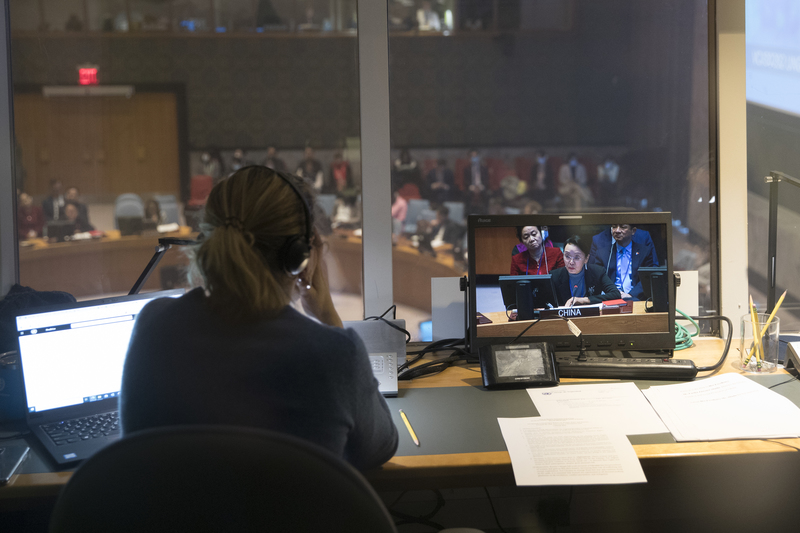Medical dramas have captivated audiences worldwide for decades. Shows like Grey's Anatomy and House M.D. not only entertain but also shape public perceptions of healthcare, influencing everything from career choices among students to broader understandings of medical practices. As these series cross borders through streaming platforms, the process of localization—adapting content for different languages and cultures—becomes crucial. This involves more than mere word-for-word translation; it's a delicate balance of ensuring scientific precision while respecting cultural diversity. Translators face a dual responsibility: maintaining the absolute accuracy of medical terminology to avoid misinformation, and handling ethical dilemmas in ways that resonate appropriately with diverse audiences. Now we are going to talk about these challenges, using real-world examples to highlight why getting it right matters in an increasingly globalized media landscape.
Central to the localization of medical dramas is the translation of jargon, those specialized terms that lend authenticity to the fast-paced dialogue. Terms like "intubate," "defibrillator," or "metastasize" aren't just plot-wise relevant; they reflect real clinical language that viewers might encounter in their own lives. The challenge here is immense because medical terminology is often dense, context-specific, and evolving. A mistranslation could confuse viewers or, worse, spread inaccuracies about health issues. For instance, in subtitling Grey's Anatomy for non-English audiences, translators must navigate hundreds of such terms per episode.
Research analyzing Croatian subtitles of the show found that out of 200 medical terms examined, inconsistencies arose in rendering phrases like "pulmonary embolism" or "laparoscopic cholecystectomy," sometimes opting for overly simplified equivalents that diluted the technical depth. This isn't merely a linguistic slip; it undermines the show's educational potential. Health sciences students, who frequently watch these dramas, report using them to discuss bioethics and procedures, making accurate translations a tool for informal learning.
The difficulties stem from several factors. First, medical language borrows a lot from Latin and Greek roots, which may not have direct parallels in target languages. In Finnish subtitles for House M.D., translators grappled with terms like "autoi immune disorder," where literal translations could sound awkward or unfamiliar to local audiences. Second, the rapid-fire delivery in these shows leaves little room for explanatory subtitles, forcing translators to prioritize brevity over detail. This can lead to omissions or overgeneralizations that alter meaning.
A study on the Spanish dubbing of ER (Emergency Room) revealed numerous errors in medical terminology, such as confusing "intubation" with less precise respiratory aids, which reduced the dubbed version's realism and potentially misled viewers. Such issues highlight the need for translators with medical expertise—often a rarity in the industry, where deadlines and budgets constrain resources. Specialized tools and glossaries help, but as one analysis notes, medical translation demands narrow specialization to ensure "total guarantee" of accuracy. Without this, the result is a diluted portrayal that fails to capture the precision of real medicine, probably eroding trust in healthcare depictions.
Beyond jargon, ethical dilemmas in medical dramas add another layer of complexity to localization. These shows thrive on moral conflicts—decisions about end-of-life care, organ donation, or experimental treatments—that probe the boundaries of right and wrong. However, what constitutes an ethical quandary can vary dramatically across cultures. In Western contexts like the U.S., where many dramas originate, issues like euthanasia might be framed as individual rights debates. Translating this for audiences in countries where such practices are taboo requires careful cultural adaptation to avoid offense or misinterpretation. For example, in adapting moral distress scales for nursing ethics in Arab contexts, researchers emphasized translating not just words but the underlying cultural sensitivities around moral sensitivity. Similarly, a study on Chinese nurses' experiences with ethical dilemmas underscores how tools measuring moral distress must be culturally adapted to reflect local values, such as collectivism over individualism.
This cultural tailoring involves ethical considerations for translators themselves. They must balance fidelity to the source material with appropriateness for the target audience. In House M.D., episodes dealing with mental illness often portray characters in stereotypical ways, which could amplify stigma if not adapted thoughtfully in translations. A guide on ethical medical translation stresses the importance of decision-making that respects cultural norms without compromising core messages. For instance, in subtitling Greek versions of Grey's Anatomy, translators adjusted dialogues on patient autonomy to align with local healthcare expectations, where family involvement in decisions is more pronounced. Yet, over-adaptation risks altering the show's intent.
One ethical framework proposed for medical translators in China emphasizes navigating these tensions by prioritizing accuracy while incorporating cultural relevance. The dilemma is clear: too literal a translation might alienate viewers, while excessive changes could sanitize complex issues, robbing the drama of its provocative edge.
This dual responsibility—accuracy in terminology and cultural appropriateness in ethics—defines medical drama localization. Translators act as cultural mediators, ensuring that shows like Grey's Anatomy educate and engage without causing harm. Poor localization can make a bad difference to real-world; for example, misrepresented procedures might influence public health behaviors, as seen in how dramas affect views on pandemics. Successful adaptations, however, enrich global dialogues. In Lithuanian voice-over translations of medical content, strategies like explanatory footnotes for jargon helped maintain both precision and accessibility. To achieve this balance, industry experts recommend collaborating with medical professionals and cultural consultants. As research on audiovisual medical translation points out, this approach has direct social implications, enhancing public understanding of healthcare.
In some cases, localization failures become cautionary tales. Films and TV shows have botched adaptations by ignoring cultural contexts, leading to awkward or offensive results. For medical interpreters depicted in shows, translations often exaggerate or simplify their roles, further complicating accurate portrayals. Yet, when done well, localization fosters empathy across borders. Swedish adaptations of care frameworks in dramas illustrate how translating ethical content can align with local norms while preserving original insights.
Ultimately, the challenges of translating medical jargon and ethical dilemmas in dramas underscore the power of media in shaping health literacy. As global viewership grows, so does the imperative for responsible localization. By prioritizing expertise and sensitivity, translators can ensure that a simple request like "Scalpel, please!" resonates not just linguistically, but culturally and ethically. This not only honors the source material but also contributes to a more informed, compassionate world.











